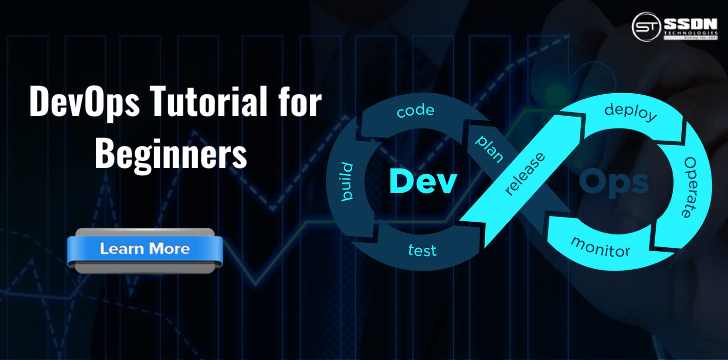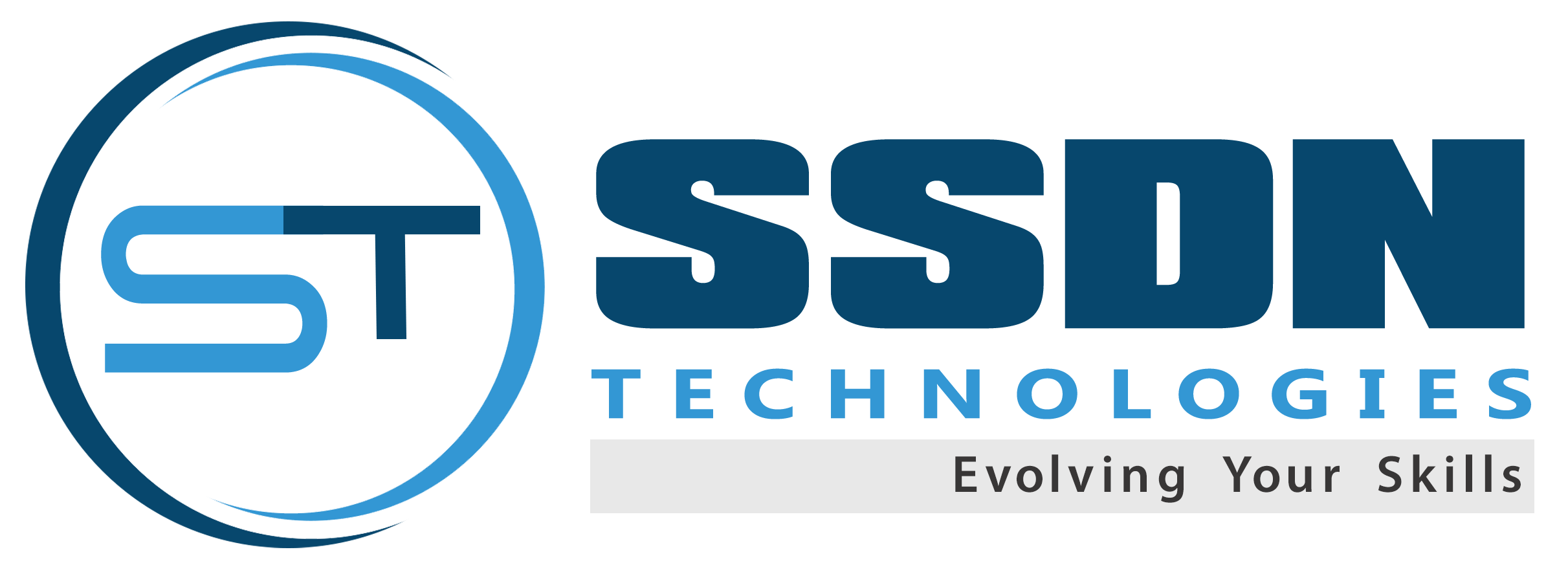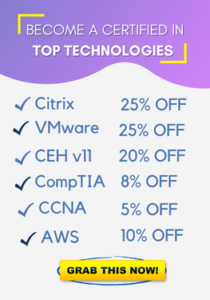
Updated on: June 12, 2020
Before DevOps, the working pattern of the development and operation team was conducted in isolation. Deployment and testing used to become time-consuming issues than actual build cycles. With the origination of DevOps, members started getting flexibility in teams of testing, deploying, and designing. IT experts usually face issues for the improvement of business efficiency. Get the information in details about DevOps Tutorial for Beginners.
DevOps will give the right software development methodology by focusing on the interaction between the operations and deployment teams. There are certain tools like puppet, Docker, and Jenkins. They are focused at enhancing the collaboration between the two teams. Learning DevOps Course in gurgaon provides the required skills for the achievement of the certification for the same.
What is DevOps?- the proper definition
DevOps refers to the culture that allows promotion of collaboration between the Development and Operations Team. It assists in the deployment of code to produce faster in an automated & repeatable way. It adds to the speed of the organization’s delivery of applications and services. Overall, it is the alignment of development and IT operations combined with better communication and collaboration.
Overview of DevOps Tutorial for Beginners
Market share of DevOps is around 18.7 %. There are some major companies like Amazon, Netflix, Walmart and others that use DevOps. The average salary per annum of an engineer of DevOps is $96732.
There’s a huge importance of DevOps in the present day. With the DevOps tutorial for beginners, you will get expertise to develop experience through the high-quality DevOps industry experts. The training sessions will give you a live demonstration of the features and practicals related to DevOps. Industry experts will give you proper guidance for the certification program.
Why DevOps and not other methods?
Before the emergence of DevOps, the Waterfall model was the sole and earliest SDLC approach. It had a major role in software development. The basis of the model was illustrating SDLC in a sequential flow. Later on, there was a realization that the model doesn’t prove it to be reliable. Read on to explore more.
Introduction To DevOps
The module Introduction to DevOps principles, objectives, knowledge on using DevOps frameworks, implementing DevOps on the cloud, Basics, Benefits of DevOps, DevOps SDLC, to name a few.

Waterfall Model and its challenges
When developing software using the Waterfall method, we have to follow the below-mentioned steps in the SDLC.
- Feasibility check: The phase determines whether an approach/technique is applicable for developing the software.
- Analysis of the entities required: it gives the analysis of all system and software requirements related to the customers. The step also includes gathering information about the requirements. These requirements then fall within the software requirement specification (SRS) document.
- Design: The goal is the transformation of the requirements in the SRS document. Everything here works with the ordered structure appropriate for program implementation.
- Coding and unit testing: one must remember that the design created in the previous stage must become the source code. In this stage, there is a conduction of tests on every design module. The tests include coding and checking individually.
- Integration and system testing: now it’s time for the integration of modules. It includes testing individually the models. After that, the experts conduct acceptance testing for customer’s acceptance or detection.
- Maintenance of the software: this is the segment that involves 60 percent of the entire effort. In this step, there are several maintenance operations conducted like corrective maintenance, perfective maintenance, as well as adaptive maintenance. At the same time, there is the involvement of other operations like error corrections and functionality enhancement. There are trials conducted on the software on new environments and OS as well.
Challenges of the model
The waterfall style projects aren’t that fast, iterative, or responsive to the changes made to it. The long time cycles and Hands Off between the parties also become the major constraints.
On the other hand, when you make use of DevOps on the waterfall project, you can see that there will be a streamlined sub process. Implementation of DevOps in the waterfall system becomes an exercise for optimizing the parts individually rather than doing the same on the whole.
But, the transformative value can be only obtained by optimization of the entire life cycle. The waterfall method you use actually comes from the traditional engineering project management field that is much predictable and repeatable. When you are looking towards an acceleration in the business value, it should work as the foundation of the development teams. It should have the capability of increasing the velocity of application delivery and decreasing the cycle times. Many people think that they are conducting DevOps in the waterfall world, but they fail to realize that without accelerating the business value, the waterfall world based DevOps will not run.
Core Ideas: Introductory module
#1) Continuous Integration
Developers usually work on tasks and defects that are assigned to them. They are also responsible for checking in the code. Other members of the team also check in the code for getting the shared repository. It allows the integration of the work done by the team members in the common build server. It allows automatic building on a regular basis referred to as continuous integration.
#2) Continuous Delivery
You will get continuous delivery in the next step following the continuous integration. It is the application built into production quickly. The process that includes regularly delivering the applications built into the various stages is referred to as the continuous delivery. When compared to traditional methods, lowers the cost of the overall project thus encouraging more automation.
#3) Continuous Testing
This step comes with the involvement of proper validation of code along with the integration of components. This step checks that the application is free of bugs. It includes an automated test process until the completion of deployment of the application.
#4) Continuous Monitoring
Post the deployment of the application or changes to the production environment, the operations team starts monitoring the application as well as the environment right from up-time, stability, and availability point of view.
Conclusion
So, you have got an idea about the DevOps process that includes the components under the DevOps Tutorial for Beginners. In every way, the components will help speed up the application delivery and also save the overall time of business processing. In the upcoming tutorials, the candidates can get ideas about the tools that are popular among the DevOps teams and implementation of the same for bringing organization changes.




